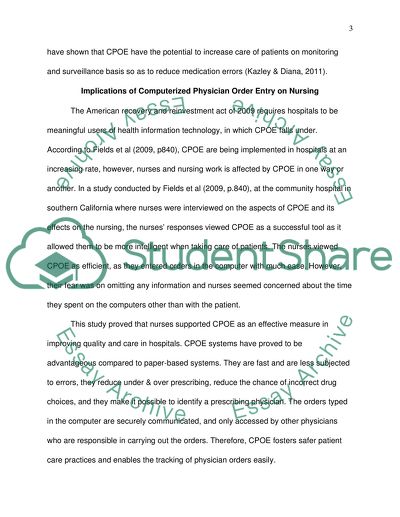Cite this document
(“Implications of Computerized Phyisician Order Entry will have on Essay”, n.d.)
Retrieved from https://studentshare.org/nursing/1429985-implications-of-computerized-phyisician-order
Retrieved from https://studentshare.org/nursing/1429985-implications-of-computerized-phyisician-order
(Implications of Computerized Phyisician Order Entry Will Have on Essay)
https://studentshare.org/nursing/1429985-implications-of-computerized-phyisician-order.
https://studentshare.org/nursing/1429985-implications-of-computerized-phyisician-order.
“Implications of Computerized Phyisician Order Entry Will Have on Essay”, n.d. https://studentshare.org/nursing/1429985-implications-of-computerized-phyisician-order.


